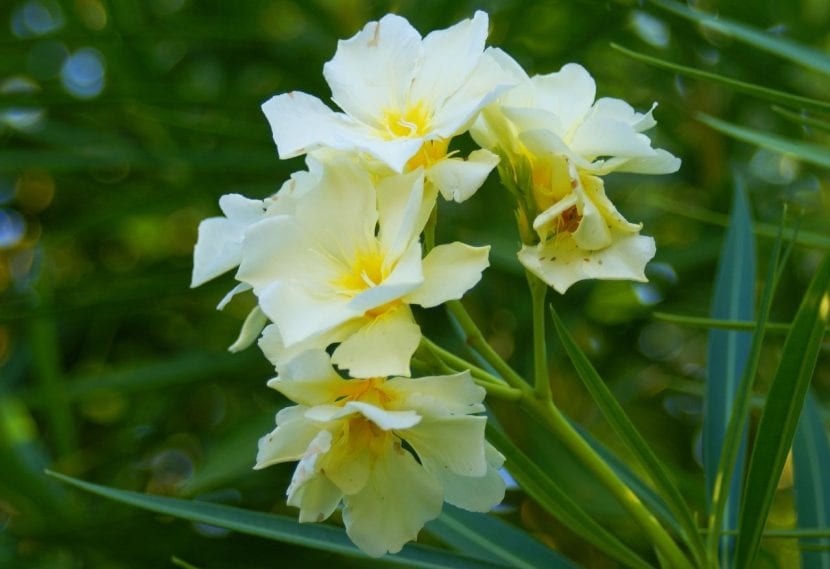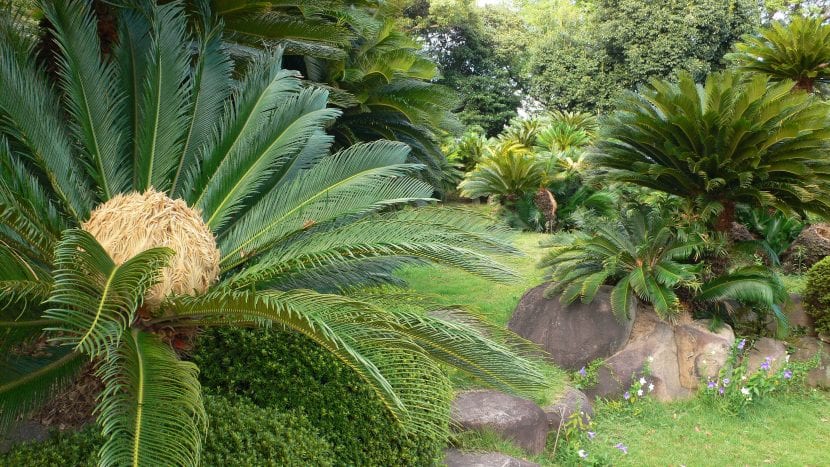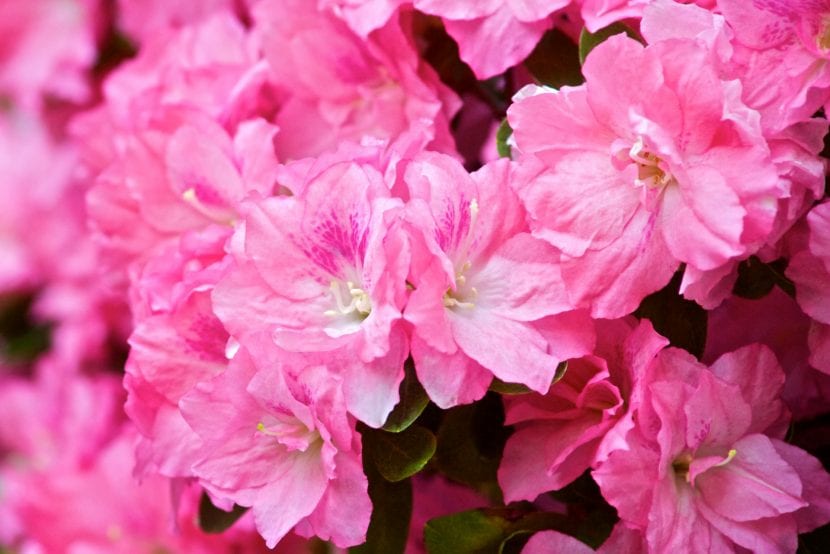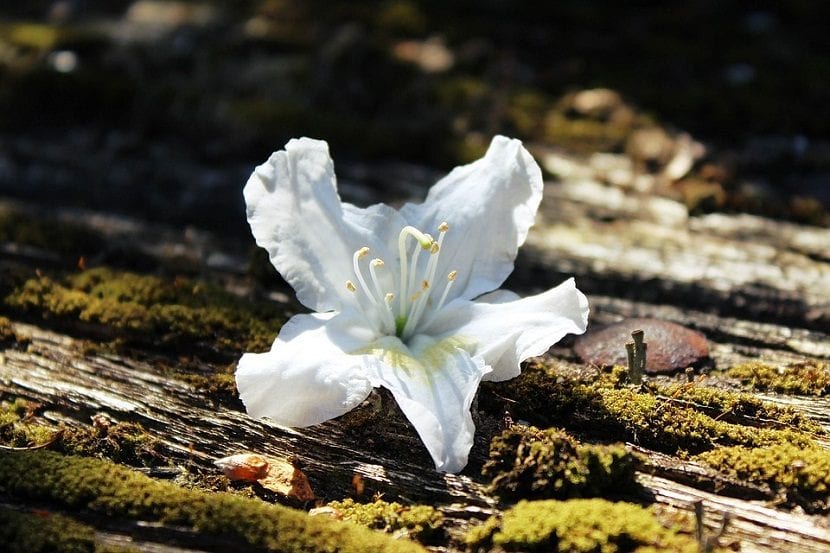
There are a number of plants that, to protect themselves from potential predators, developed toxins that are not only dangerous for their enemies, but can also be dangerous for humans. For this reason, many of them have been demonized, something that I think is an overreaction. Why? Because if handled correctly and planted in the right place, they are not harmful.
There are many that we see in the gardens and patios, such as oleanders, cicas, rodondendros or the poinsettia. Knowing them will help us understand them and therefore we will be able to know how to grow poisonous plants.
What do I need to grow poisonous plants?

In reality, you don't need anything you don't need to grow any other type of plant. Some gardening gloves, a pot, soil and water are more than enough to see the birth and growth of, for example, a beautiful diffenbachia. However, for our safety and that of our family (especially the children) it is very, very important that we find them a place where they cannot access them. For example, if we are interested in having a scar, the ideal would be to locate it in an area where we know that we are not going to make a lot of life, or if we do not have a scar, put a metal mesh (grid) around it so that problems do not arise in this way.
How to grow them safely?

The answer is simple: knowing them. When I talk about these types of plants I like to insist a lot on this point: knowing is knowing. When you don't know, we could end up in the hospital. Know which parts of plants are harmful Well, that way we can be more calm. In addition, we do not have to forget about the needs (sun / shade, irrigation, compost, climate) of each species.
To make it easier for you, here is a list of the most common poisonous or toxic plants with the information you should know about each one:
- diffenbachia:
- Toxic parts: all. If ingested it causes throat irritation, mild drooling and localized swelling; and if it comes in contact with latex it can cause irritation.
- Care: semi-shade, infrequent waterings and protection against frost.
- Euphorbia pulcherrima (Poinsettia):
- Toxic parts: all. The latex it contains causes irritation on contact with the skin.
- Care: semi-shade or sun, two weekly irrigations, paid from spring to autumn. It does not resist frost.
- See file.
- Cycas revoluta (cika):
- Toxic parts: leaves. If ingested, it causes diarrhea, liver failure, jaundice, cirrhosis, vomiting, fainting.
- Care: full sun, little watering, paid from spring to autumn. Resists up to -11ºC.
- See file.
- nerium oleander (oleander):
- Toxic parts: all, especially the leaves and roots. The symptoms it causes are: nausea, vomiting, ataxia, vertigo, dyspnea, increased arrhythmia, cardiac arrest.
- Care: full sun, moderate watering, does not need fertilizer if it is on land. Resists up to -12ºC.
- See file.
- Rhododendron:
- Toxic parts: all, especially the leaves and honey from its flowers. Symptoms are excessive salivation, sweating, vomiting, dizziness, asthenia, paralysis in the extremities and around the mouth, decreased blood pressure, and loss of coordination.
- Care: semi-shade, frequent watering, paid from spring to autumn with fertilizer for acidophilic plants. Resists up to -1ºC.
- See file.

In case of doubts, ask us 🙂.